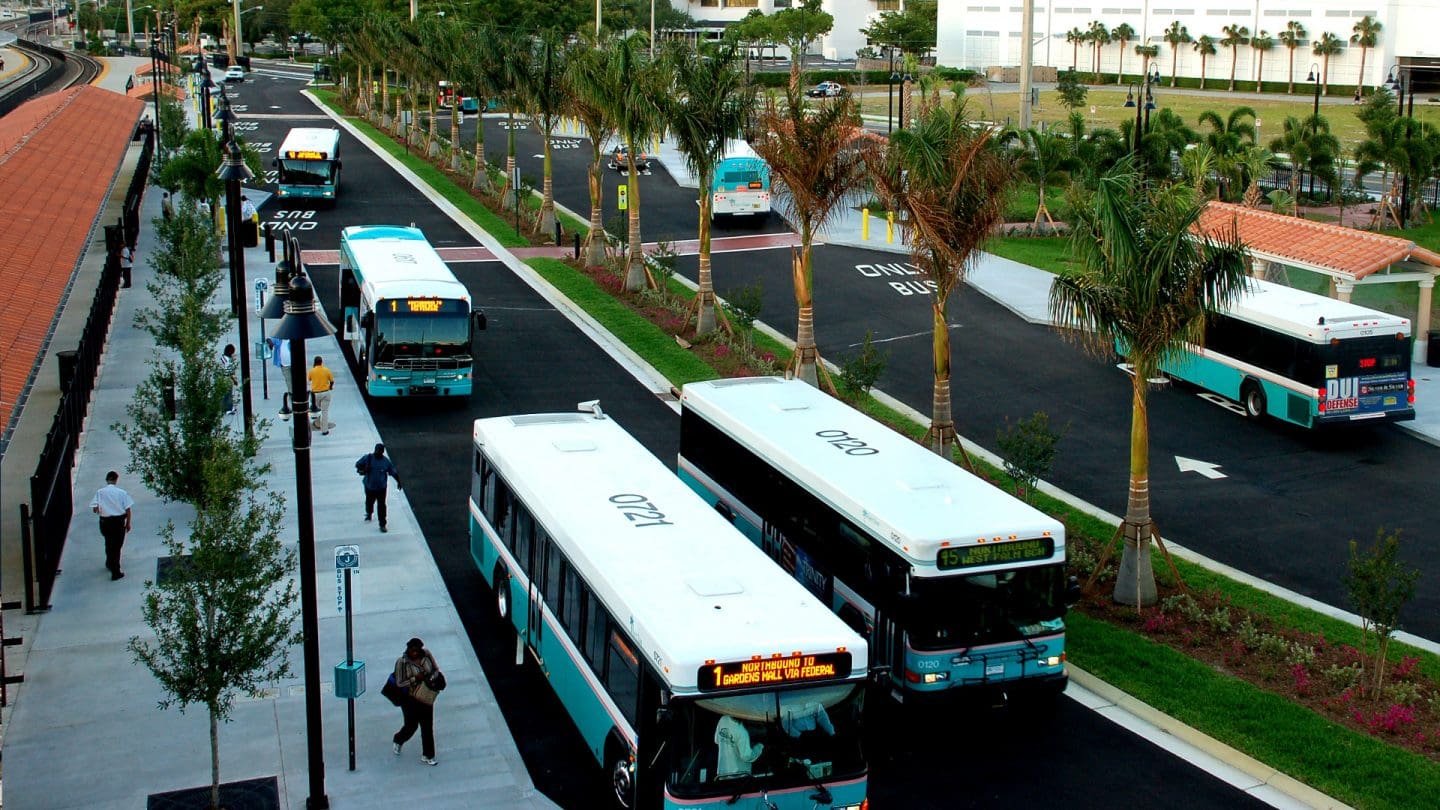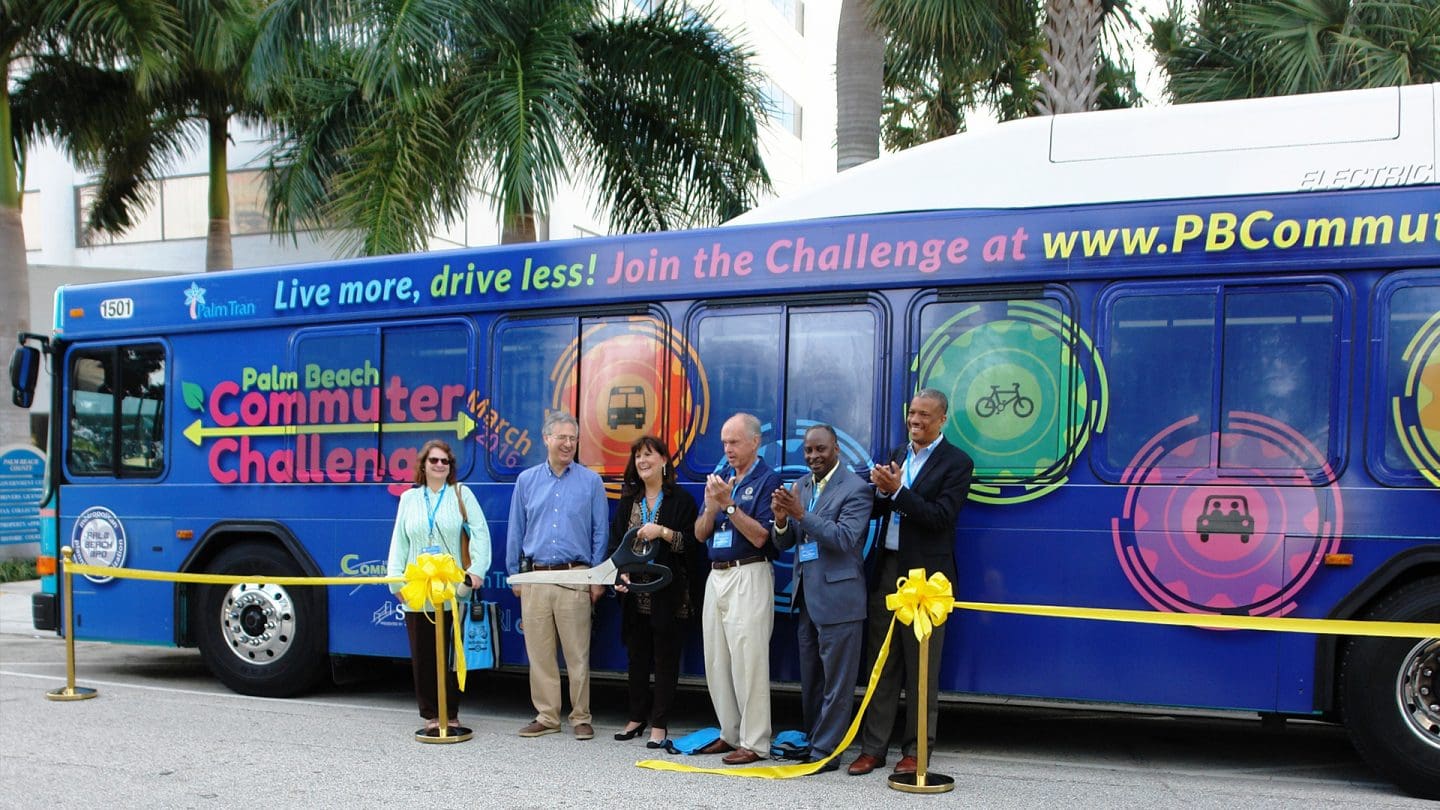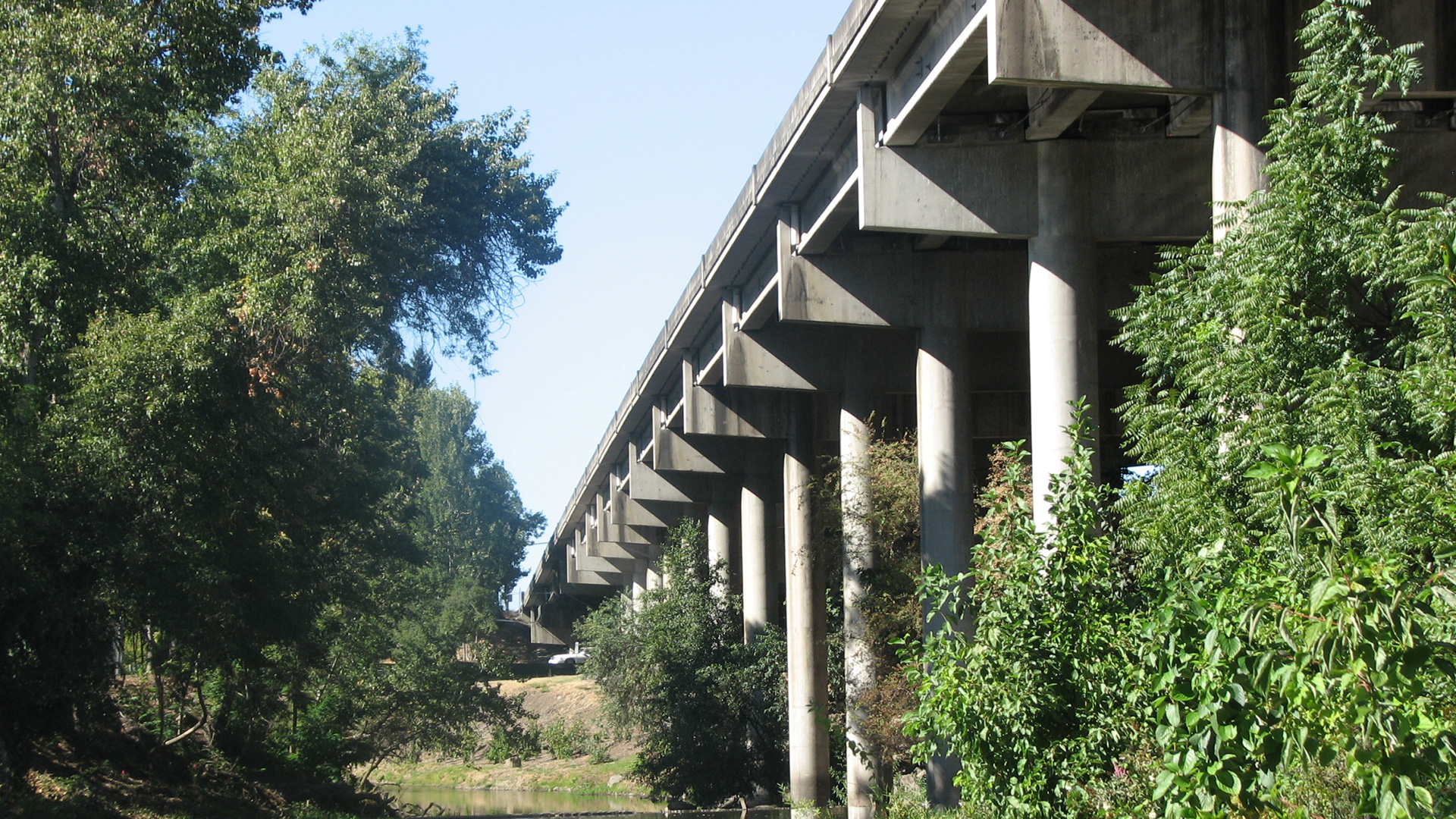Challenge
The US-1 corridor in Palm Beach County, Florida crosses through 14 municipalities and many of the county’s activity hubs. Along the corridor, a very socioeconomically diverse population hosts PalmTran’s (Palm Beach County’s transit agency) busiest route, and is currently facing fast-paced redevelopment in many areas. However, the adjacent redevelopment has not created a consistent feel for the corridor, and multimodal transportation facilities vary. For example, bike lanes or sidewalks may pick up in different forms along the corridor and then drop off without warning.
Solution
The Palm Beach MPO initiated the US-1 Corridor Mobility Study to assess the multimodal conditions and develop a consistent vision for the corridor so that it accommodates the needs of all users. Kittelson is leading the transit analysis; working with PalmTran, the Palm Beach MPO, and various cities and other associated agencies to determine potential route alignments as well as station locations and designs for a proposed Bus Rapid Transit system along US-1; performing high level analysis of the potential economic and land use impacts of changes to the corridor; and leading a health impact assessment (HIA), the first of its kind in Palm Beach County. The HIA will identify the health-related outcomes of multimodal improvements in the corridor and how they affect the physical, mental, and social well-being of the community.

WPB-Intermodal-Center-PalmTran

transit
The Outcome
A Healthier Community on a Busy Bus Line
The study will result in a clear vision for the future of US-1 that fits the context of the various communities and provides consistent, safe, and comfortable multimodal transportation options. The study will provide local policy-making and community organizations with a clear understanding of how health can impact land use policy and transportation decisions in the long-term. The HIA will act as a tool for those who champion improving access, health, and mobility in Palm Beach County.



